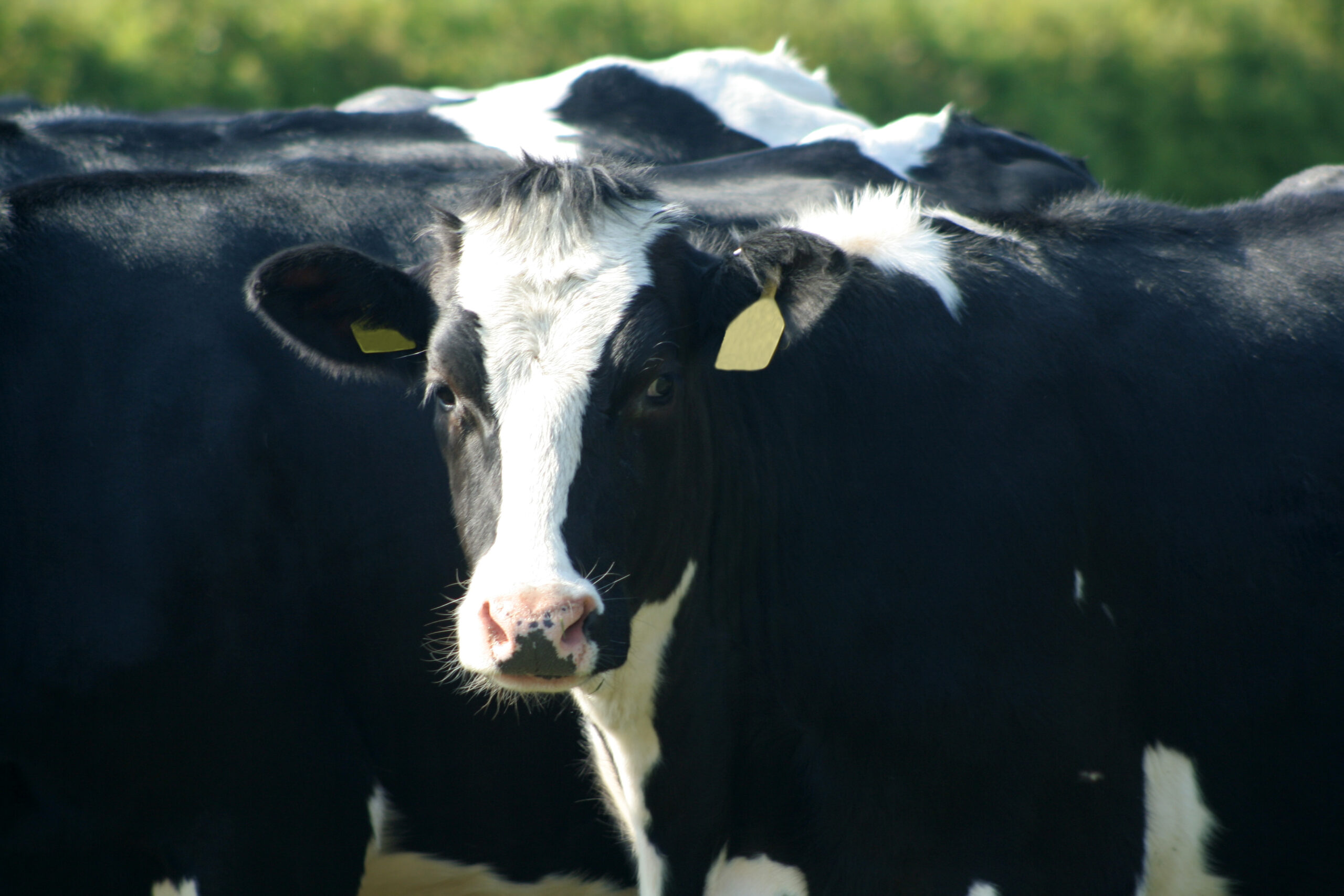
I have been a leather fan my whole life, but since I have become vegan, I have turned away from leather accessories to vegan leather counterparts because they are not only more environmentally -friendly, but also have superior characteristics like breathability, water-resistance, uniformity and are in fact lighter.
Vegan leather was invented by DuPont in 1963.
Since then various iterations have evolved to arrive at the final biodegradable, water-based Vegan or PU leather licenses by Bayern in 2016. So what are so advantages of this latest iteration of Vegan leather?
ANIMAL FRIENDLY
Vegan leather is an important step towards sustainability and preserving mother nature. It is important for us to prioritize the welfare of all living creatures on this planet, and the use of vegan leather is an excellent way to start reducing our impact.
It is commonly said that leather is a by-product of meat, but the facts all indicate that meat is the by-product of leather, because it accounts for more than 80% of the value. Animal farming does not only mean 18% of Greenhouse gas emissions according to the UN, rather Animal concentration camps, and animal Cruelty.
ENVIRONMENTAL IMPACT
Animal leather negatively impacts the environment due to:
- Animal slaughter
- Animal agriculture
- Deforestation related to animal crops
- Water use
In addition, animal leather requires tanning, which is a process that produces a huge amount of toxic waste into the environment.
Animal leather also requires extensive chemical treatment before manufacture. The chemicals used in the treatment of animal leather are very harmful to the environment. They also reduce the biodegradability of the leather, making it an environmental hazard too.
On the other hand, water-based PU-leather, Otherwise known as a safe vegan leather, combines textiles and polyurethane to create a more authentic leather feel that is less damaging to the planet than all its PVC and PU rivals, as well as animal leather.
DURABILITY
Vegan leather is extremely durable as it is water-resistant, stain-resistant and can be exposed to the environmental elements. Vegan leather products are capable of holding up against weather conditions and suffer minimal wear and tear over time.
AESTHETICS
Research and development into vegan leather allow us full control of the look and feel of products. From variations in texture to changes in composition, vegan leather provides us with a wider aesthetic scope.
COST-EFFECTIVENESS
Due to the various costs involved in the treatment and preparation of animal leather, it demands a higher price. When factoring in every cost, from the rearing of cattle to the final manufacturing stages, it is evident that Vegan leather is much easier to produce and more cost-effective.
References
- Jakob Hildebrandt, Daniela Thrän, Alberto Bezama, The circularity of potential bio-textile production routes: Comparing life cycle impacts of bio-based materials used within the manufacturing of selected leather substitutes, Journal of Cleaner Production, Volume 287, 2021, 125470, ISSN 0959-6526, https://doi.org/10.1016/j.jclepro.2020.125470.
- N.M. Sivaram, Debabrata Barik, Chapter 5 – Toxic Waste From Leather Industries, Editor(s): Debabrata Barik, In Woodhead Publishing Series in Energy, Energy from Toxic Organic Waste for Heat and Power Generation, Woodhead Publishing, 2019, Pages 55-67, ISBN 9780081025284, https://doi.org/10.1016/B978-0-08-102528-4.00005-5.
- Ma Xingyuan, Jiang Kun, Guo Yongsheng, Wu Ze, Water-based Polyurethane Synthetic Leather Processing Mechanism and Key Technologies, College of Resource & Environment, Shaanxi University of Science and Technology, Xi’an 712081, China
- Chen Yanna, Li Shucai, Chen Weitao, Study on the properties of water-based polyurethane(I) influence of polyurethane composition on the properties, Tianjin University of Science & Technology, Tianjin 300222.

